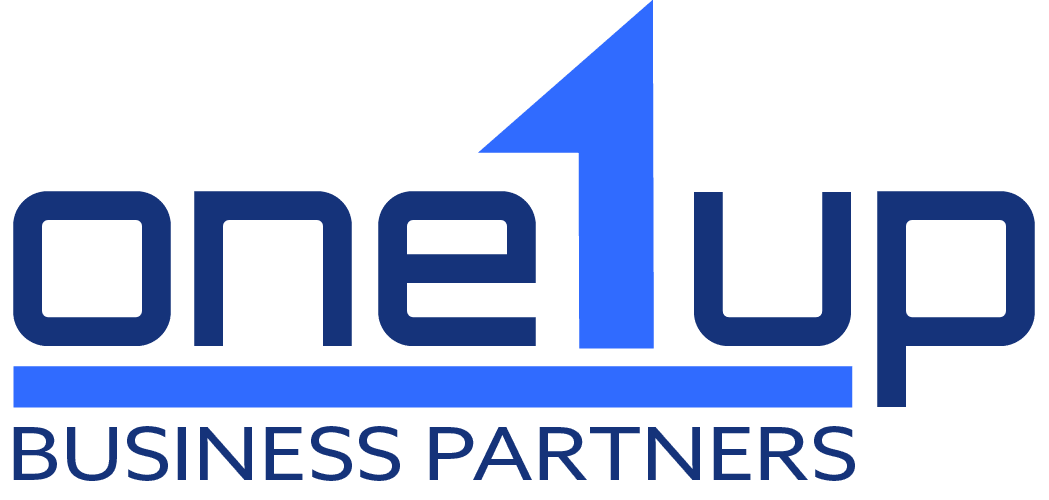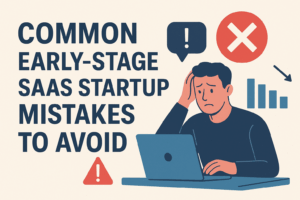Customer onboarding is a critical part of any business’s success. It’s the process of welcoming new customers to your product or service, introducing them to its features and benefits, and ensuring they have a positive experience. When done well, onboarding can lead to increased customer retention, loyalty, and advocacy. However, it’s not always easy to get onboarding right.
A successful customer onboarding experience can provide several benefits to a business, including:
-
Improved Customer Retention: Customers are more likely to stay loyal when they have a positive onboarding experience.
-
Increased Customer Satisfaction: A smooth onboarding process can help customers feel confident in their decision to work with a company and increase their overall satisfaction.
-
Higher Engagement: By providing customers with the information and tools they need to succeed, businesses can improve customer engagement and encourage them to use their products or services more frequently.
-
Quicker Time-to-Value: An efficient onboarding process can help customers start using a product or service faster, which can lead to quicker time-to-value and a better return on their investment.
-
Stronger Relationships: Businesses can build stronger relationships with their customers and establish trust and loyalty over time with a positive onboarding experience.
In this blog post, we’ll explore 5 key strategies to ensure your customers have a successful onboarding experience. From setting expectations to measuring success, we’ll cover key strategies to make your onboarding process effective and enjoyable for your customers.
Understanding your customer: why it matters and how to do it
Onboarding is a crucial part of any business as it sets the tone for the customer’s entire relationship with the company. By understanding your customers and their needs, you can create an onboarding experience that is tailored to their individual preferences and requirements, resulting in a more positive experience for the customer and increased retention for the business.
As a business, it’s important to understand your customer’s needs and expectations. Here’s why:
- Personalization: When you understand your customer’s needs, you can provide a personalized experience that meets their specific requirements. This can lead to higher customer satisfaction and loyalty.
- Targeted Marketing: By understanding your customers’ preferences, you can create targeted marketing campaigns that speak to their interests and motivations. This can help you reach your target audience more effectively.
- Improved Product Development: Understanding your customers’ needs can also help you create better products and services that meet their requirements and provide a better user experience.
Now that we understand why it’s important to understand your customer’s needs, let’s talk about some methods for gathering information about them:
- Surveys: Conducting surveys is a great way to gather information about your customers’ needs and preferences. You can ask them specific questions about your products or services, their pain points, and what they’re looking for in a solution.
- Customer Interviews: Talking to your customers directly can also provide valuable insights into their needs and expectations. You can conduct one-on-one interviews or focus groups to gather more detailed information.
- Social Media: Social media is a great way to get a sense of what your customers are talking about and what they’re interested in. You can monitor social media conversations to see what people are saying about your brand and your competitors.
Once you’ve gathered information about your customers, it’s important to ask the right questions to new customers during the onboarding process. Here are some examples:
- What are your primary goals for using our product/service?
- What challenges are you currently facing that you hope our product/service can help with?
- What other products or services have you used in the past to solve this problem?
- What are your preferred methods of communication?
- Do you have any concerns or questions about our product/service that we haven’t addressed yet?
By asking these questions and understanding your customer’s needs and expectations, you can provide a better onboarding experience that sets them up for success.
Creating a standardized onboarding process: why it matters
When it comes to onboarding new customers, having a standardized process in place can provide several benefits for businesses. Here’s why:
- Consistency: A standardized onboarding process ensures that all customers receive the same level of service and attention. This can help to establish trust and build a positive relationship with your customers.
- Efficiency: By having a standardized onboarding process, businesses can streamline the onboarding experience and ensure that all necessary steps are completed in a timely manner. This can help to reduce the time and resources required for onboarding new customers.
- Improved Customer Experience: A standardized onboarding process can help to provide a better customer experience by ensuring that customers have all the information and resources they need to be successful. This can help to increase customer satisfaction and loyalty.
- Scalability: As your business grows, a standardized onboarding process can help you to onboard new customers more efficiently and effectively. This can help to ensure that you can continue to provide a high level of service as you scale.
- Data and Insights: By having a standardized onboarding process, businesses can collect data and insights on the onboarding experience. This can help to identify areas for improvement and optimize the process over time.
Overall, creating a standardized onboarding process can provide several benefits for businesses. By establishing a consistent and efficient onboarding experience, businesses can improve the customer experience and set themselves up for long-term success.
Communication strategies for a successful onboarding experience
Effective communication is a critical component of a successful onboarding experience. Here are some communication strategies that businesses can use to ensure that new customers have a positive onboarding experience:
- Set Expectations: It’s important to set clear expectations with new customers about what they can expect during the onboarding process. This can include outlining the steps involved, timelines, and any necessary requirements.
- Provide Regular Updates: Regular communication throughout the onboarding process can help to keep new customers informed and engaged. This can include progress updates, reminders about next steps, and opportunities for feedback.
- Be Responsive: It’s important to be responsive to new customers’ questions and concerns. This can help to establish trust and build a positive relationship.
- Use Multiple Channels: Using multiple communication channels can help to ensure that new customers receive important information in a timely manner. This can include email, phone, and chat.
- Personalize Communication: Personalizing communication can help to create a more positive and engaging onboarding experience. This can include using the customer’s name, referencing their specific needs and goals, and tailoring the communication to their preferred communication style.
By using these communication strategies, businesses can ensure that new customers have a positive onboarding experience. Effective communication can help to establish trust, build a positive relationship, and set the foundation for long-term success.
Leveraging technology and automation in the onboarding process
Technology and automation can play a significant role in creating an efficient and effective onboarding experience. Here are some ways that businesses can leverage technology and automation in the onboarding process:
- Use Online Portals: Online portals can provide new customers with access to information, resources, and support. This can help to streamline the onboarding process and make it more convenient for customers.
- Use Digital Forms: Digital forms can help to automate the collection of important information from new customers. This can help to reduce errors and save time compared to manual data entry.
- Implement Chatbots: Chatbots can provide instant support and guidance to new customers. This can help to address common questions and concerns quickly, even outside of business hours.
- Use Automated Email Campaigns: Automated email campaigns can help to provide new customers with relevant information and resources at each stage of the onboarding process. This can help to keep customers engaged and informed.
- Provide In-App Education or E-learning Platforms: Both in-app education and E-learning platforms can provide new customers with immediate access to training and resources that can help them to be successful. This can help to reduce the need for in-person training and provide a more flexible and convenient experience for customers.
By leveraging technology and automation in the onboarding process, businesses can create a more efficient, effective, and convenient experience for new customers. This can help to improve customer satisfaction and set the foundation for long-term success.
Importance of measuring success in the onboarding process
Measuring the success of your new customer onboarding process is critical to improving it over time. By measuring key metrics, you can identify areas of improvement and make adjustments to better meet the needs and expectations of your customers. Measuring success in the onboarding process can be done through a variety of means, including surveys, feedback forms, and data analytics. Here are some key metrics to consider when measuring the success of your onboarding process:
- Time to Activation: Time to activation is the time it takes for a new customer to start using your product or service after signing up. This is a critical metric, as a lengthy activation process can lead to frustration and reduce the likelihood of customer retention.
- Customer Satisfaction: Customer satisfaction is a measure of how well your onboarding process meets the needs and expectations of your customers. This can be measured through surveys, feedback forms, or through other means of direct feedback.
- Churn Rate: Churn rate is the rate at which customers leave your business over time. By tracking churn rate among new customers, you can identify any issues with the onboarding process that may be contributing to customer attrition.
- Conversion Rate: Conversion rate measures the percentage of new customers who complete the onboarding process and become active users of your product or service. By tracking conversion rate, you can identify areas of the onboarding process that may be causing customers to drop off.
By measuring the success of your new customer onboarding process, you can identify areas of improvement and make adjustments to better meet the needs and expectations of your customers. This can help to improve customer satisfaction, reduce churn, and set the foundation for long-term success.
Conclusion
A successful onboarding process can be a key driver of customer satisfaction, retention, and long-term success. By understanding your customer’s needs and expectations, creating a standardized process, communicating effectively, leveraging technology and automation, and measuring success, you can master your new customer onboarding experience. By investing time and resources into your onboarding process, you can set the foundation for a positive customer experience and a successful long-term relationship.
So, take the time to evaluate your current onboarding process and make the necessary adjustments to ensure that you are providing the best possible experience for your new customers.
If you need assistance, don’t hesitate to contact us today. Click on the reach out button below and shoot us a note.

















